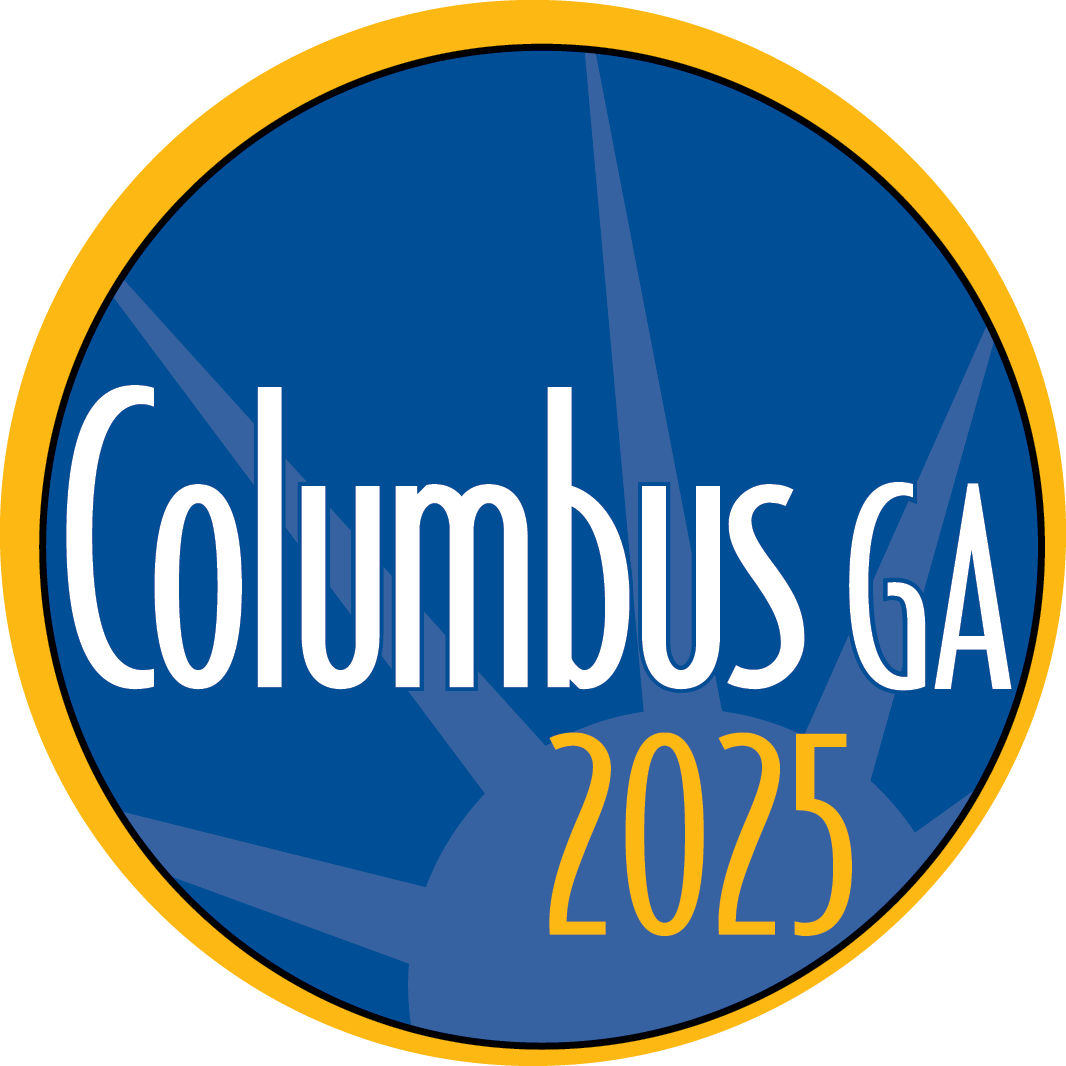
Workplace Stability Workshop
Thursday, May 25 I 8:30am - 1:30pm I Lunch provided
Hosted at Columbus Technical College
Workshop Agenda
Mental Models of Class
Research Continuum
Hidden Rules
Language
Resources
Strategies and Tools to Improve Retention, Relationships and Productivity
Mental Models of Economic Class: Economic class environments are powerful and diverse.
Mental Models and Resources: No one’s economic experience is exactly the same because we all have a different set of internal resources and support systems. However, the environments of economic class—such as the daily stability experience—are markedly similar.
Research Continuum: Daily instability is more than the choices of the poor. There are four causes of poverty—it is not an “either/or”—and strategies for addressing poverty must come from all four areas.
Key Points: We can break relationships by insisting on one set of hidden rules for all individuals and environments.
Key Points: Our institutions are designed on middle class hidden rules and tend to be middle class environments.
Key Points: It’s effective to be aware of our own societal experience because we tend to use this as a way to filter information and make assessments about people and situations.
Key Points: Individuals in poverty are problem solvers and need to be at the decision making table. This is not only about power balance. Individuals in poverty have concrete knowledge of the environments and issues of poverty.
Hidden Rules: Shared experiences within a group or environment often result in shared perspectives and priorities. In Workplace Stability these are called “hidden rules.” In other disciplines, unspoken cues of a group may be called “collective efficacy.” How groups solve problems is based on resources and perspectives from shared experience.
Language: There are different ways to communicate in different economic environments. We need to be skilled at using a number of specific communication and language registers in order to achieve relationships of mutual respect. These relationships translate into effective results with and between individuals/systems from diverse economic environments.
Resources: Workplace Stability is a lens that helps us analyze economic class. Without a lens, we may be reactive to economic class rather than intentional and proactive. Using the Workplace Stability lens builds the resources and capacity of individuals, institutions, and communities.
Strategies and Tools to Improve Retention, Relationships and Productivity: Best practices from other businesses will be shared as well as tools that improve retention.
Increase employee retention and productivity.
This workshop will introduce concepts around economic class and how the environment a person lives in impacts how they operate at work. You will be able to walk away with a better understanding of many entry-level, lower wage employees living in daily instability. Discussions will center around issues that can derail these employees and strategies to improve the issues.
Recognize the range of factors that create instability for employees
See how instability, employee performance and community sustainability are related
Receive strategies and tactics for increasing retention and productivity
Lead by Ruth Weirich, recent president of aha! Process, and author of Workplace Stability.

